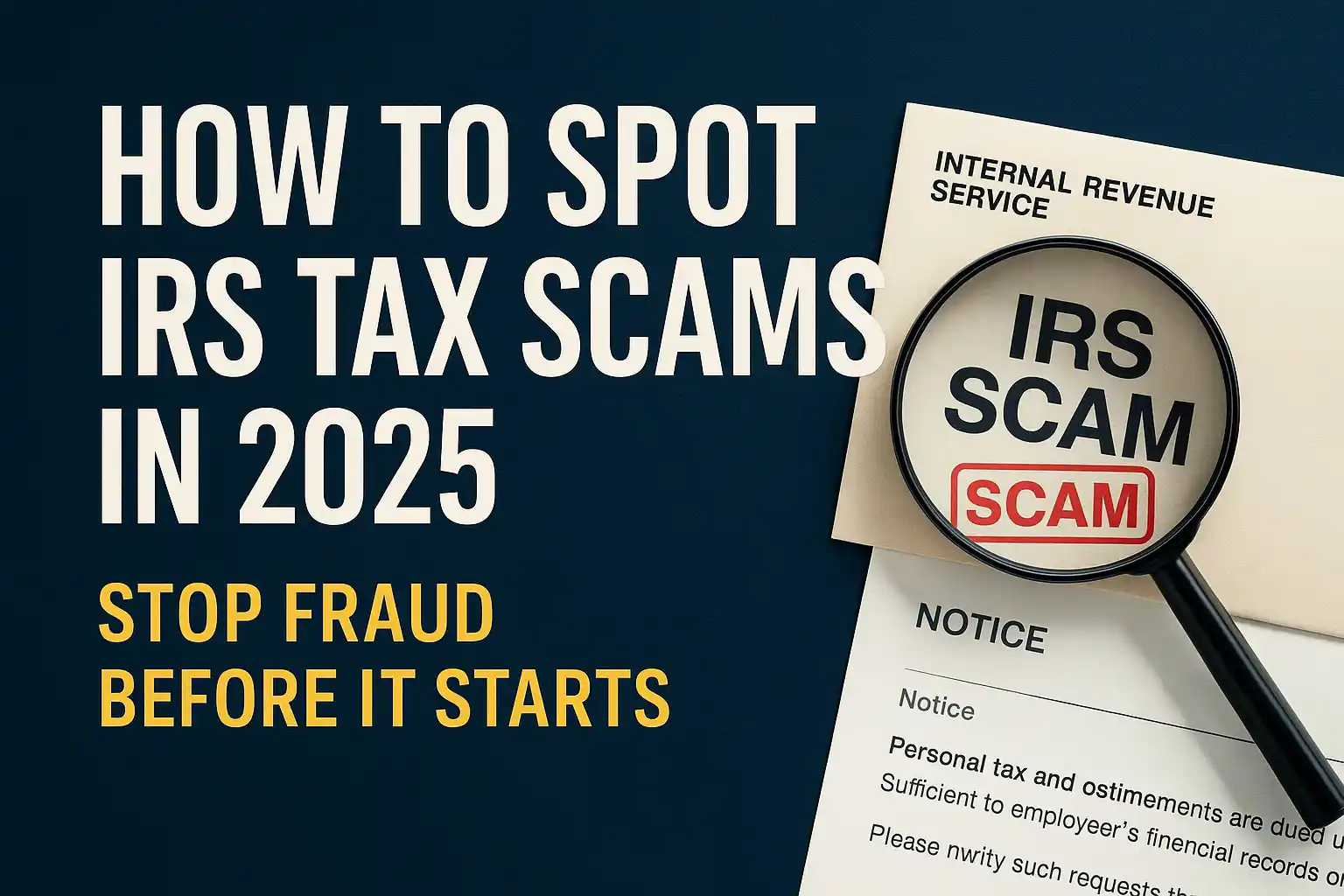Tax season can be stressful, especially if you’re unsure about your tax liability or not prepared with all of your paperwork. Filing an Extension could be the perfect solution!
If you’re planning to file a tax extension (Form 4868), you’re not alone—and you’re not in trouble either.
In fact, filing an Extension is a smart move for several reasons:
- Statistics show filing an Extension actually reduce a taxpayer’s chance of an audit. The IRS Regional Service Centers assign most of their audits for the year based on the first to file (First In First Out). By filing an Extension taxpayers miss the first round of audits and essentially play into the strategy of (Last In Last Out).
- Taking the time to find deductions is a major benefit of filing for an Extension. Taxpayers can review paperwork from the prior year including credit card statements and bank accounts.
- With an Extension taxpayers can now have the opportunity to interview and hire a new Tax Advisor if necessary. Trying to find a tax professional during Q1 can almost be impossible.
However, filing an tax extension gives you more time to file, but not to pay any taxes owed. It’s critical that taxpayers trying to send in what they think they owe with their Extension to avoid any penalties and interest.
Now if you’re still wondering if filing an Extension is a good idea or even worth it, check out my article: “Should I file an Extension for my Personal Taxes”.
So, how much should you send in with your tax extension?
Let’s break it down.
What are the Penalties on my unpaid Taxes on April 15th?
Many taxpayers don’t realize this, but the IRS requires you to estimate your tax liability and deposit it with your Extension.
If you owe ANY money on April 15th and don’t pay the bill in full by sending in the money with your Extension, the Failure-to-Pay Penalty kicks in and is .05% of what you owe, per month, plus interest.
EXAMPLE 1: You owe $5,000 in taxes, file an Extension, but couldn’t send in any money. Nonetheless, you ultimately get around to filing your taxes in July. The penalty for not paying on time in this situation would be 2% (.05% x 4 months), or $100 plus interest. That’s right…not that bad!
However, the penalty for paying late is not as brutal as the failure-to-file penalty.
File and Extension No Matter What!
Some of you may say…”Well, I can’t afford to send in any money on April 15th, so I’ll just forget filing an extension altogether”…or “The penalty for not paying isn’t that bad, so I don’t need to file an Extension”. NOT GOOD!!
Filing the Extension is MORE important than the deposit of money!! The Failure-to-File Penalty (if you fail to file an Extension) is more expensive than the Failure-to-Pay Penalty.
When you don’t file even an Extension the IRS is “in the dark” and assumes the worst. The Failure-to-File Penalty is 5% of the unpaid taxes for each month or part of a month that a tax return is late, plus interest.
EXAMPLE 2: You owe the same $5,000 in taxes as in EXAMPLE 1, but don’t file an Extension and get around to still filing in July. The penalty for not paying on time in this situation would be is 20% (5% x 4 months), or $1,000, plus $100 for the Failure-to-Pay Penalty, plus interest. That’s 10x the penalty in EXAMPLE 1.
The maximum combined penalty for the first five months is 25%, and the combined penalties can reach a total of 47.5% over time. That’s not to mention interest on the taxes AND the penalties.
See my article: “The Most Common IRS Penalties and How to Avoid Them“ for more details on this penalties.
How to Estimate Your Tax Payment
Let’s get real, it can get a little complicated figuring out what to send in with your Extension. If you have multiple sources of income, a small business, bought and sold assets, traded stock, ETFs, or crypto, and not sure if you. made enough deposits, we need to do some basic math.
Trying to keep it simple, here are 5 General Methods to figure out your payment for your Extension without enlisting the help of a 5th grader that knows math better than most of us.
I placed these in the order of easiest to most time consuming. It truly is a matter of personal preference on how particular or meticulous one wants to be in the estimate. Some people hate to have any penalties or interest whatsoever, others see it as a combined rate of far less than a credit card and want the use of the money until October. The choice is yours of course.
#1. I Didn’t Owe on Last Year‘s Tax Return
If you made about the same amount of money in 2024 as you did in 2023, and didn’t owe, then follow that same protocol. Since you probably had the same withholdings or made the same deposits for the 2023 tax return as you did for 2024, DON’T STRESS…you shouldn’t need to send in a payment.
If your income and deductions haven’t changed much, use your 2023 return to estimate what you might owe for your 2024 Tax Return.
#2. I Owed Last Year and Made about the Same Amount
Essentially, if you owed tax for 2023, and you made about the same amount of money in 2024, and also had about the same amount of withholdings or made the same deposits… DON’T STRESS…just send in the same amount as owed for the year before.
#3. The 25% “Safe Harbor” Method
If you made more money in 2024 than you did in 2023, you already know you need to send in something, the question is “how much”.
So if you’re pressed for time, aren’t sure what to do, and are confused by all of this crazy math, here is ‘down and dirty method’. First, start with any amount you paid last year in taxes for your 2023 tax return, then add to it an estimate how much more money you made in 2024 compared to 2023, multiplied by 25%. Send in the total of these two amounts if you can with your Extension.
This is definitely a ‘guesstimate’. However, it’s better than nothing and will certainly cut down on any penalties or interest you might owe. Frankly, most of the time this Method should get you relatively close to what you might owe, OR even create a refund for you when you ultimately finalize your tax return. I can’t guarantee you still won’t owe something, but this Method is a common practice and ‘rule of thumb’.
#4. Use the Closest Tax Rate Method
If you made more money in 2024 than you did in 2023, and you don’t like the ‘down and dirty’ version of Method #3 above), but you’re willing to do some math and calculations, this Method is for you!
- Step 1 – Determine your marginal tax rate on your 2023 tax return.
- Step 2 – Calculate the approximately amount of your additional income is in 2024 compared to 2023.
- Step 3 – Determine if your additional income places that income in a higher marginal tax rate.
- Step 4 – Multiply the amount of your increased income in 2024 by the correct marginal tax rate (Remember, in the U.S. we have a graduated tax table so different chunks of money will be taxed at different rates).
- Step 5 – Add the amount of tax you calculate on this extra income in 2024 to any other tax you may have paid last year according to Method #2 above.
- Step 6 – Send in the combined amount with your Extension
EXAMPLE METHOD #4.1 – Assume you estimate your next taxable dollar of income in 2024 would have been in the 24% bracket and you made $50,000 more of income in 2024 than you made in 2023. BUT presuming the extra $50,000 doesn’t push you into the 32% bracket, you would owe approximately $12,000 more in taxes for 2024 compared to 2023 ($50,000 x 24%). On top of that, assume you had enough withholdings or made deposits where you typically wouldn’t owe anything more (similar to Method #1), then you would send in $12,000 with your Extension on April 15th and hopefully avoid any additional penalties or interest.
EXAMPLE METHOD #4.2 – Now assume you were previously in the 12% tax bracket, but you made $50,000 more of income in 2024. Furthermore, when looking closer, it appears that $20,000 of that additional income is in the 12% bracket and the remaining $30,000 is in the 22% bracket. Therefore, you would owe approximately $9,000 more in tax ($20,000 x 12%)+($30,000 x 22%). However, regrettably after reviewing your 2023 tax return you also see that you ended up also owing an additional $5,000 on your tax return for 2023, but luckily your withholdings and deposits were essentially the same in 2024 compared to 2023 (similar to Method #2). In sum, you would want to send in $14,000 ($9,000 + $5,000) with your Extension before April 15th and hopefully avoid any additional penalties or interest.
#5. Do a Full Mock Up
If you’re a stickler for detail and don’t want to ‘estimate’ the Deposit with your Extension you might want to prepare a full mock up of your tax return. In that case, you should be extremely close to what you might owe and should add 5-10% to be safe and send it off with your extension (depending on how confident you are with your numbers).
If you’re lucky and you, and/or your tax preparer have already been preparing your tax return, you’re hopefully only missing a few pieces of information. Thus, you might already have a ‘mock up’ of your tax return and should be close to what you think you owe.
However, the problem is most tax preparers aren’t going to go to that much work to mock up a tax return when they’re in the middle of tax season, and especially if they don’t have all the information they need to finish it and will have to extend anyway. For that reason, I don’t consider this a viable or practicable Method. But since it’s conceivable, and maybe possible some universe I include it on the list.
Backdoor Strategy if Making a 1st Quarter Deposit
If you’re a small business owner and making 1st quarter estimated tax payments anyway, it can be a strategic move to make a large deposit with your Extension and ‘game the system’ so to say.
Essentially, any ‘overpayment’ with the Extension can be applied to the next year’s tax liability, which would end up being your 1st quarter estimate for 2025. Thus, if you owe something on your 2024 tax return, you’ve got it covered providing a buffer if you miscalculated your Extension payment, and any overpayment would be applied to THIS year’s tax liability.
Don’t forget State Taxes
If you live in one of the 41 states that impose a State Income Tax you’re not done yet.
Regrettably, some States are extremely easy to work with and simply accept a copy of your Federal Extension…moreover, the penalties and interest for late payments could be minimal. However, other States can be brutal. If you don’t send in the proper amount with your Extension Form the penalties and interest can be serious.
Make sure you first understand what the rule is in your particular State in regards to extensions and deposits. They are relatively easy to find on your State website- trust me…they want your money! Once you know the rule for your State if you need to file an extension – do it!! If you need to send in a deposit, follow the same general guidelines above. Run the numbers and if using Method #3 or #4 above, use a percentage rate of 8% as a good round number for most States.
In sum, at least do a quick Google search for your State’s rules regarding your Extension and payment requirements.
Frequently Asked Questions (FAQ)
Do I have to pay if I file an extension
Yes. Filing an extension only delays your filing deadline—not your payment deadline. You should estimate what you owe and pay by April 15 to avoid penalties and interest.
What if I can’t pay the full amount?
Pay what you can. The IRS charges penalties on unpaid balances, not on filing an extension. Paying even a portion of your estimated tax helps minimize those penalties.
How do I know how much to send in?
Use your previous year’s tax return as a baseline and see the 5 methods above. Adjust your deposit based on whether you made more or less money, and factor in any changes in deductions or credits.
What’s the penalty for not paying on time or filing an Extension?
The failure-to-pay penalty is .05% per month, plus daily interest (currently 7% annually). The failure-to-file penalty is 10x that at 5% per month. The penalty can accumulate and be as high as 47.5% of the unpaid tax.
What happens if I overpay with my Extension?
The IRS will refund the overpayment when you ultimately file your final 1040 tax return—or you can apply it to next year’s taxes.
What’s the IRS Safe Harbor to avoid any Failure-to-Pay Penalties with My Estimate?
You’ll avoid most penalties if you pay at least:
- 100% of last year’s taxes (if your AGI was under $150,000)
- 110% of last year’s taxes (if AGI was over $150,000)
Do I need to file anything to send in a payment with my Extension?
No. You will submit your payment with Form 4868 to officially file an Extension, and include your payment with it. There is no additional form needed with the payment portion.
Final Tip
Filing an extension is a smart tax move—but only when paired with a smart payment strategy.
Still wondering if filing an Extension is a good idea or even worth it? Check out our article: “Should I file an Extension for my Personal Taxes”.
Don’t wait until October to find out you owe thousands (plus penalties). Estimate. Pay something. Then file with confidence when you’re ready.
IMPORTANT DISCLAIMER: When using any of the General Methods above, please know there is still no guarantee that you won’t owe taxes when you file your return, OR that you won’t have penalties. These Methods are simply tools to help you estimate the closest amount possible to what you may owe. However, this is STILL a fantastic step to take to reduce or eliminate the chance of any penalties. Again, try to deposit 90% of your estimated taxes and you’ll be doing great!!
Take Action
If there’s one thing you take away from this article, it should be: You can’t afford to wing it in 2025.
Stay penalty-free, stay profitable, and stay focused with the Trifecta Planner—your go-to tool for tax, business, and wealth strategy.
Don’t wait. Download your Trifecta Planner today.
Ready to stop overpaying the IRS?
Use the Main Street Tax Advisor Network to connect with trusted pros trained by Mark J. Kohler—over 1,000 certified experts ready to help you cut your tax bill and scale your business.
Free to search. Big savings to gain.










